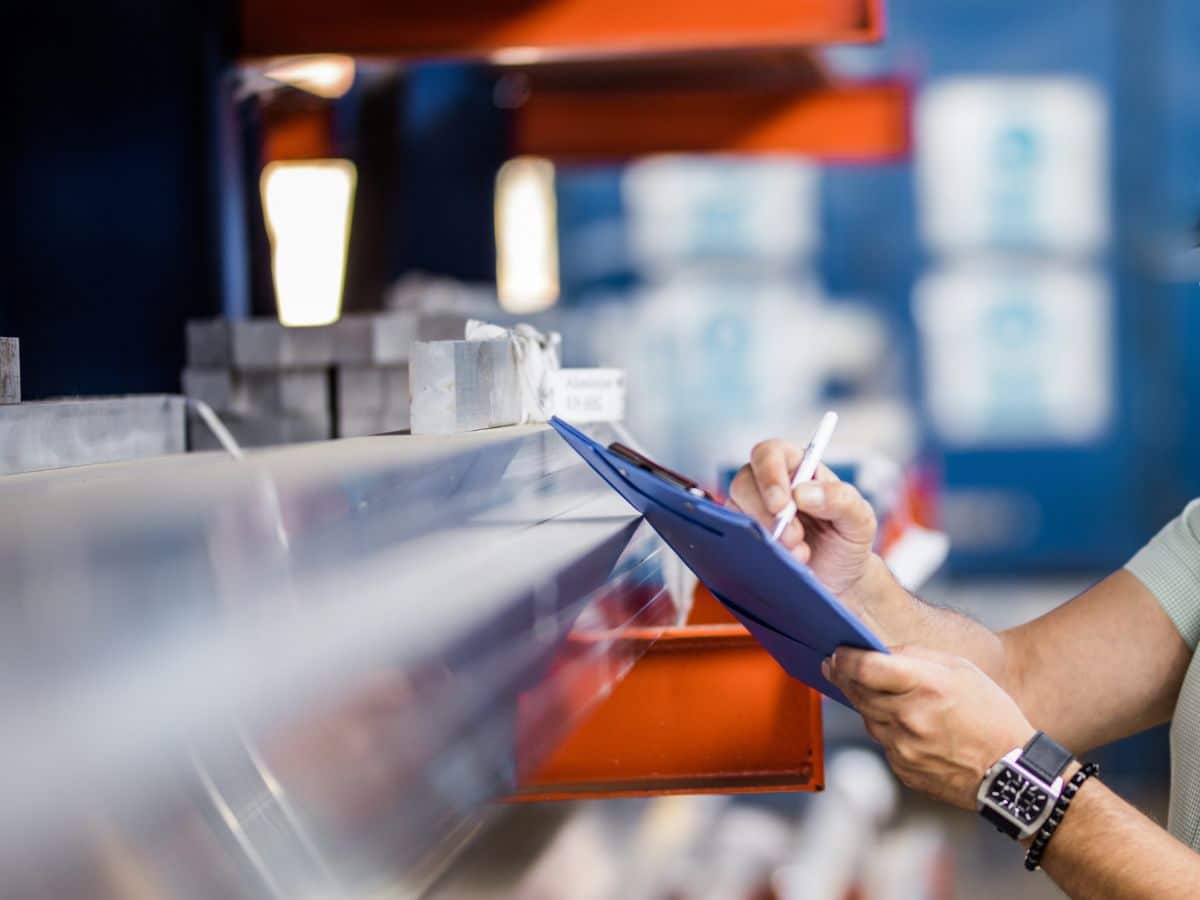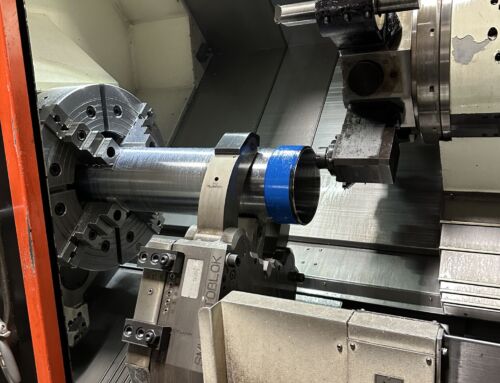ENSURING PERFECTION IN EVERY PART
Precision and accuracy are paramount in the machining process, where even the smallest deviation can lead to significant problems in performance and reliability. That’s why quality control in machining is not just a process, but a commitment to excellence. This includes understanding the importance of machining quality assurance, various machining inspection techniques, and the role of precision machining quality control in delivering flawless parts every time.
The Importance of Machining Quality Assurance
Quality assurance in machining is the backbone of any successful manufacturing operation. It encompasses a series of systematic processes that ensure every part produced meets the specified standards and tolerances. The ultimate goal is to deliver components that perform reliably in their intended applications, whether they are used in aerospace, defense, oil and gas, or any other critical industry.
The significance of machining quality assurance cannot be overstated. It helps in:
- Reducing Waste and Cost: By detecting defects early in the production process, quality assurance minimizes material waste and reduces the cost associated with rework or scrapping parts.
- Enhancing Customer Satisfaction: High-quality parts lead to satisfied customers who trust the reliability and performance of the products they receive.
- Maintaining Compliance: Many industries have strict regulatory requirements. Quality assurance ensures compliance with these standards, avoiding potential legal and financial repercussions.
- Improving Efficiency: Streamlined quality assurance processes contribute to overall operational efficiency, allowing for smoother production workflows and faster turnaround times.
Machining Inspection Techniques
To achieve the highest levels of quality, a variety of inspection techniques are employed throughout the machining process. These techniques range from simple visual inspections to advanced technological methods that offer precise measurements and data analysis.
- Visual Inspection: The most basic form of inspection, visual inspection, involves examining parts for obvious defects such as surface imperfections, cracks, or inconsistencies. While it is a straightforward method, it is often the first line of defense in identifying issues that require further investigation.
- Dimensional Inspection: Dimensional inspection ensures that the physical dimensions of a part adhere to specified tolerances. This can be achieved through tools such as calipers, micrometers, and gauges. More advanced methods include coordinate measuring machines (CMMs) which use probes to measure the dimensions of a part with high precision.
- Surface Finish Inspection: The surface finish of a part can significantly impact its performance, especially in applications where friction and wear are critical factors. Surface finish inspection techniques, such as profilometers, measure the roughness, waviness, and texture of a part’s surface to ensure it meets the required specifications.
- Non-Destructive Testing (NDT): NDT methods, including ultrasonic testing, radiographic testing, and magnetic particle inspection, allow for the examination of parts without causing any damage. These techniques are essential for detecting internal defects, such as voids or inclusions, that are not visible on the surface.
- Optical Inspection: Optical inspection systems use cameras and sensors to capture detailed images of parts. These images are then analyzed using software to detect defects, measure dimensions, and verify alignment. Optical inspection is particularly useful for complex geometries and small parts.
- Automated Inspection Systems: Automation plays a crucial role in modern machining quality control. Automated inspection systems integrate various inspection techniques into a single process, allowing for rapid and accurate assessment of parts. These systems reduce human error and increase inspection throughput.
Precision Machining Quality Control
Precision machining involves manufacturing parts to extremely tight tolerances. Quality control in this context is critical because even the slightest deviation can lead to part failure. At Coastal Machine & Supply, precision machining quality control is achieved through a combination of meticulous planning, advanced technology, and skilled craftsmanship.
- Planning and Process Control: Effective quality control starts with thorough planning. This involves defining clear specifications, selecting appropriate materials, and designing robust processes. Process control measures, such as Statistical Process Control (SPC), are used to monitor and control machining operations, ensuring consistent quality.
- Advanced Technology: Investing in state-of-the-art technology is essential for precision machining. High-precision CNC machines, laser measurement systems, and real-time monitoring tools enable the production of parts with unparalleled accuracy. These technologies also facilitate continuous improvement by providing valuable data for process optimization.
- Skilled Craftsmanship: Despite the advancements in technology, the expertise and experience of skilled machinists remain invaluable. At Coastal Machine & Supply, our team of professionals is trained to identify potential issues and make real-time adjustments to maintain quality standards.
Quality control in machining is a comprehensive approach that ensures every part meets the highest standards of precision and reliability. By employing a range of inspection techniques and embracing advanced technologies, Coastal Machine & Supply guarantees machining quality assurance in every project.












